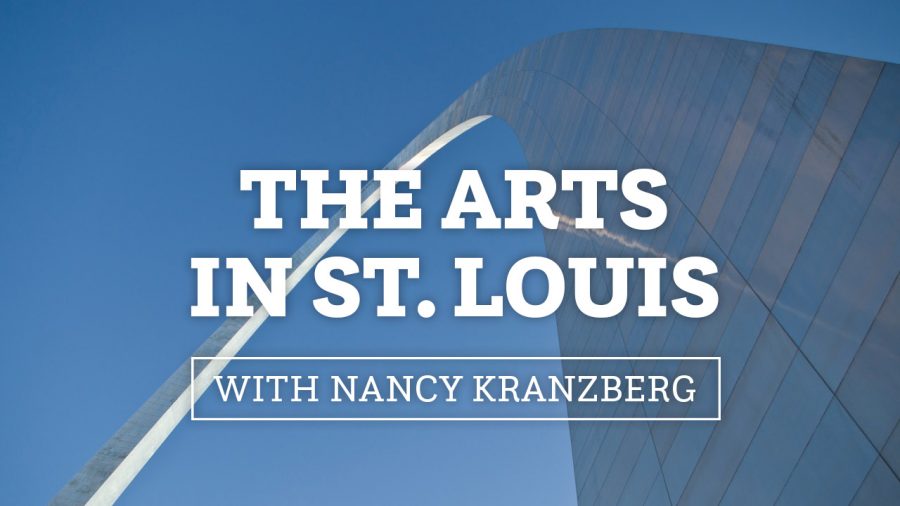The artistry of metalsmiths
Published January 10, 2022
I had always thought of our friends Laurie and Kevin Van Mondfrans as jewelers who worked with semi-precious stones and metal. They invited us to see their latest creations recently at the Midwest Metalsmiths Art Show, which was held in Webster Groves (it takes place annually, usually in mid-October).
Oh, what a treat it was to start thinking and learning about metalsmiths and who they are and what they make. And what beautiful work we saw.
I also went to our wonderful Craft Alliance, a not-for profit art center in St. Louis working to reveal the power of craft through bold programming, which uncovers craft’s unique qualities, its evolving role and its full potential for innovation. Craft — the making of objects in woods, metals, fibers, glass and clay — is both an ancient tradition and a site for innovation, adjusting to new materials and responding to the ever-changing human experience. I talked to Stefanie Kirkland, deputy director of the organization, and she said that St. Louis has a robust community of metalsmiths.
“The term metalsmith often refers to artisans and craft persons who practice their craft in many different metals,” said Kirkland. “Jewelers often refer to their craft as metalsmithing, and many universities offer degrees in metalsmithing, jewelry, enameling and blacksmithing under the auspices of a fine arts program.”
Wikipedia says a metalsmith is one who works with or has the knowledge and capacity of working with all metals. There are blacksmiths, brownsmiths, coppersmiths, goldsmiths, gunsmiths, and more. There are metalsmith organizations all over the country, and there are metalsmith magazines and metalsmith guilds galore.
When I asked some of the folks participating in the metalsmith show about their work, I found that they all used the words artist and creativity.
“At the heart of metalsmithing is art, it’s creating. It’s taking an idea and turning it into something tangible and beautiful,” said Laurie Van Mondfrans.
Texturing the surface of the metal is often a part of the process for metalsmiths. This texturing is often used to embellish the work. Texturing can be achieved by hammering with special texturing hammers, hammering against a textured surface, engraving, etching and rolling metal sheets through rolling mills.
Patricia McCoy-Feldmanis featured her beautiful work of cuttlebone cast jewelry. Cuttlebone casting is an ancient technique that has been used for many years to create jewelry designs. This type of casting uses the bones of a cuttlefish to produce a mold in which one can pour in liquified material in the casting process.
Both McCoy-Feldmanis and Van Mondfrans were greatly influenced by teachers at Craft Alliance. Peggy Jacobsmeyer, whose work at the metalsmith show also caught my eye, explained: “I worked as an artist creating large-format framed wall pieces using glass and metal for decades before I started to make jewelry. Gradually, working on a smaller scale began to appeal to me. Creating jewelry is exactly the same as making art/sculpture as far as I’m concerned. It’s just smaller.”
Of course, this could lead into the usual question—what is fine art and what is craft? Don’t worry. I won’t go there today. I know most of the works I saw at the metalsmith show knocked my eyes out and were objects of beauty no matter what you call them.
For more of Nancy Kranzberg’s commentary, listen to KWMU (90.7) St. Louis on the Air the first Friday of each month at approximately 12:50 p.m. She also hosts a weekly Arts Interview podcast for KDHX (88.1), available at artsinterview.kdhxtra.org.















